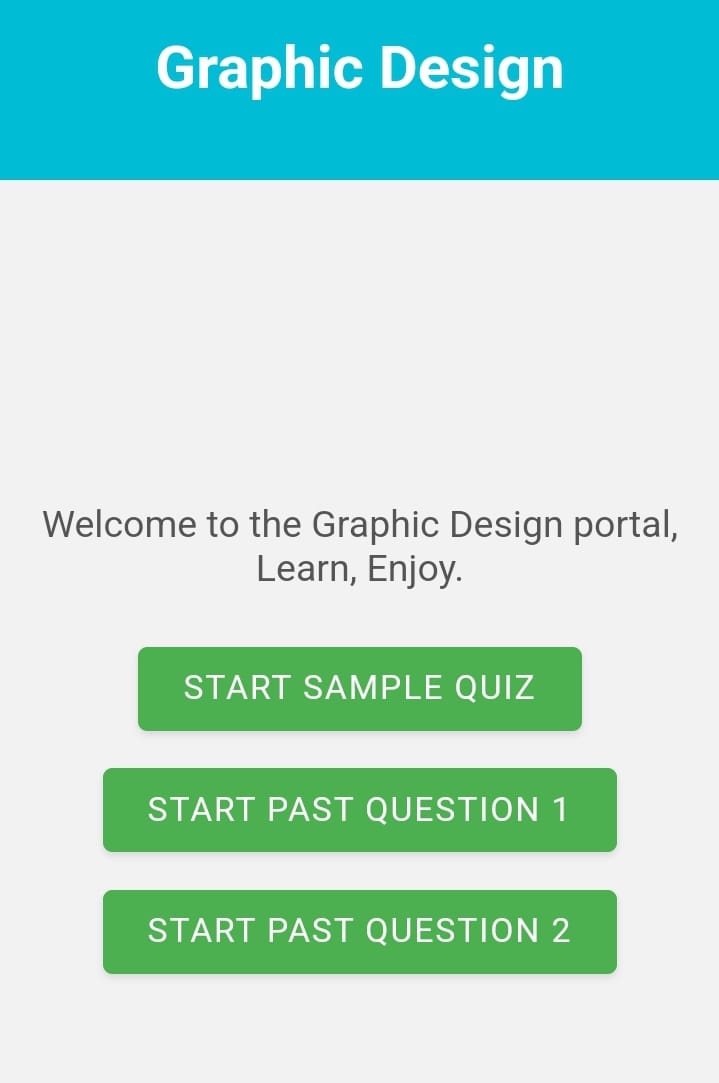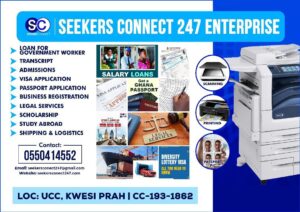
The Complete Guide to Graphic Design Curriculum
Table of Contents
Introduction to Graphic Design <a id=”introduction”></a>
Graphic Design blends creativity with technical skills to communicate visual messages. This comprehensive guide breaks down the essential competencies from typography to digital design for students and professionals.
Core Content Areas
1. Fundamentals of Graphic Design <a id=”fundamentals”></a>
Competencies:
-
Define graphic design and compare it to other visual arts
-
Explore career paths (e.g., branding, UX/UI design)
Key Concepts:
✔ Difference between careers and vocations
✔ Industry applications
Activity Idea:
Research and present on a graphic design specialization
2. Typography Mastery <a id=”typography”></a>
Skills Developed:
-
Anatomy of typefaces (serif vs. sans-serif)
-
Letter spacing and kerning
-
Typeface classification
Hands-On Project:
Design a wordmark using proper spacing techniques
3. Design Principles & Color Theory <a id=”design-principles”></a>
Critical Topics:
-
Color wheel relationships (complementary, analogous)
-
Elements: Line, shape, texture
-
Principles: Balance, contrast, hierarchy
Class Exercise:
Create a poster applying the rule of thirds
4. Tools & Equipment <a id=”tools-equipment”></a>
Essential Tools:
-
Traditional: Linocut tools, screen printing frames
-
Digital: Graphics tablets, Adobe Suite
Maintenance Tip:
Proper cleaning of screen printing meshes extends their lifespan
5. Communication Design <a id=”communication”></a>
Processes Covered:
-
Design thinking stages
-
Visual storytelling
-
Critique frameworks
Case Study:
Analyze effective infographic designs
6. Printmaking Techniques <a id=”printmaking”></a>
Methods Taught:
-
Relief printing
-
Frottage
-
Photographic screen printing
Workshop Idea:
Create a limited edition linocut print series
7. Book Design <a id=”book-design”></a>
Skills Developed:
-
Layout composition
-
Binding techniques (saddle stitch, perfect binding)
-
Jacket design elements
Project Example:
Design a poetry book with custom typography
8. Digital Design (CAD) <a id=”digital-design”></a>
Software Skills:
-
CorelDraw interface
-
Vector vs. raster graphics
-
Digital mockups
Industry Insight:
How CAD revolutionized packaging design
9. Package Design <a id=”package-design”></a>
Key Considerations:
-
Functional requirements
-
Brand consistency
-
Sustainable materials
Design Challenge:
Reimagine a common product’s eco-friendly packaging
10. Graphic Design Business <a id=”entrepreneurship”></a>
Entrepreneurial Skills:
-
Costing and pricing models
-
Client acquisition
-
Portfolio development
Pro Tip:
Use social media to showcase your design process
Assessment Framework <a id=”assessment”></a>
Cognitive Levels Weighting:
| Content Area | Recall (20%) | Skills (25%) | Strategic Thinking (35%) | Extended Thinking (20%) | Total |
|---|---|---|---|---|---|
| Typography | 2 | 3 | 6 | 4 | 15% |
| Printmaking | 3 | 3 | 6 | 4 | 16% |
| Total | 20% | 25% | 35% | 20% | 100% |
Key Takeaways <a id=”key-takeaways”></a>
-
Core Focus Areas:
-
Typography (15%) and printmaking (16%) carry the heaviest weighting
-
55% of assessment tests applied skills and critical thinking
-
-
Industry Preparation:
-
Balanced training in both traditional and digital techniques
-
Includes business fundamentals for freelancers
-
-
Teaching Resources:
-
Thinking with Type by Ellen Lupton (Typography reference)
For the past question, click here: https://ntc.gov.gh/practice_test/graphic_design/
Follow us on WhatsApp for more updates: https://whatsapp.com/channel/0029VaCyYGIFHWpx22L38a2K
Seekers Consult
Contact Us for Your Study Abroad Journey
We search for schools and check available scholarships for you
Contact: 0550414552 / 0362297079
Loan for government workers
Transcript Application
English Proficiency
Recommendation letter
Project work/thesis for undergraduate, master’s, and PhD students.




